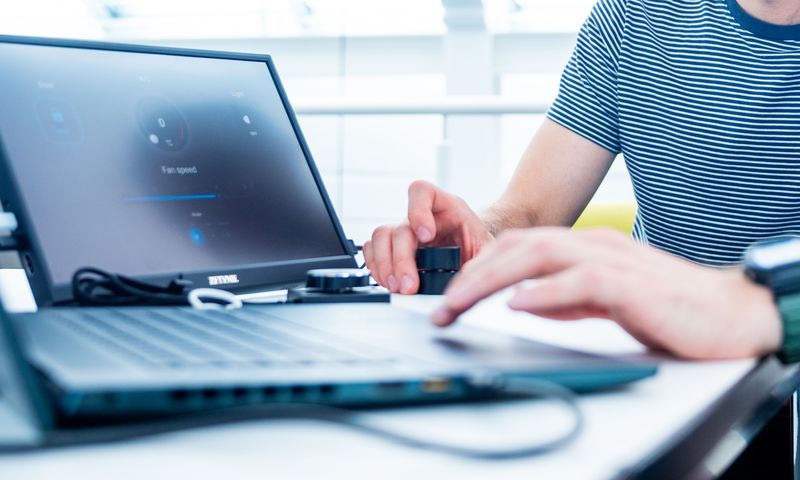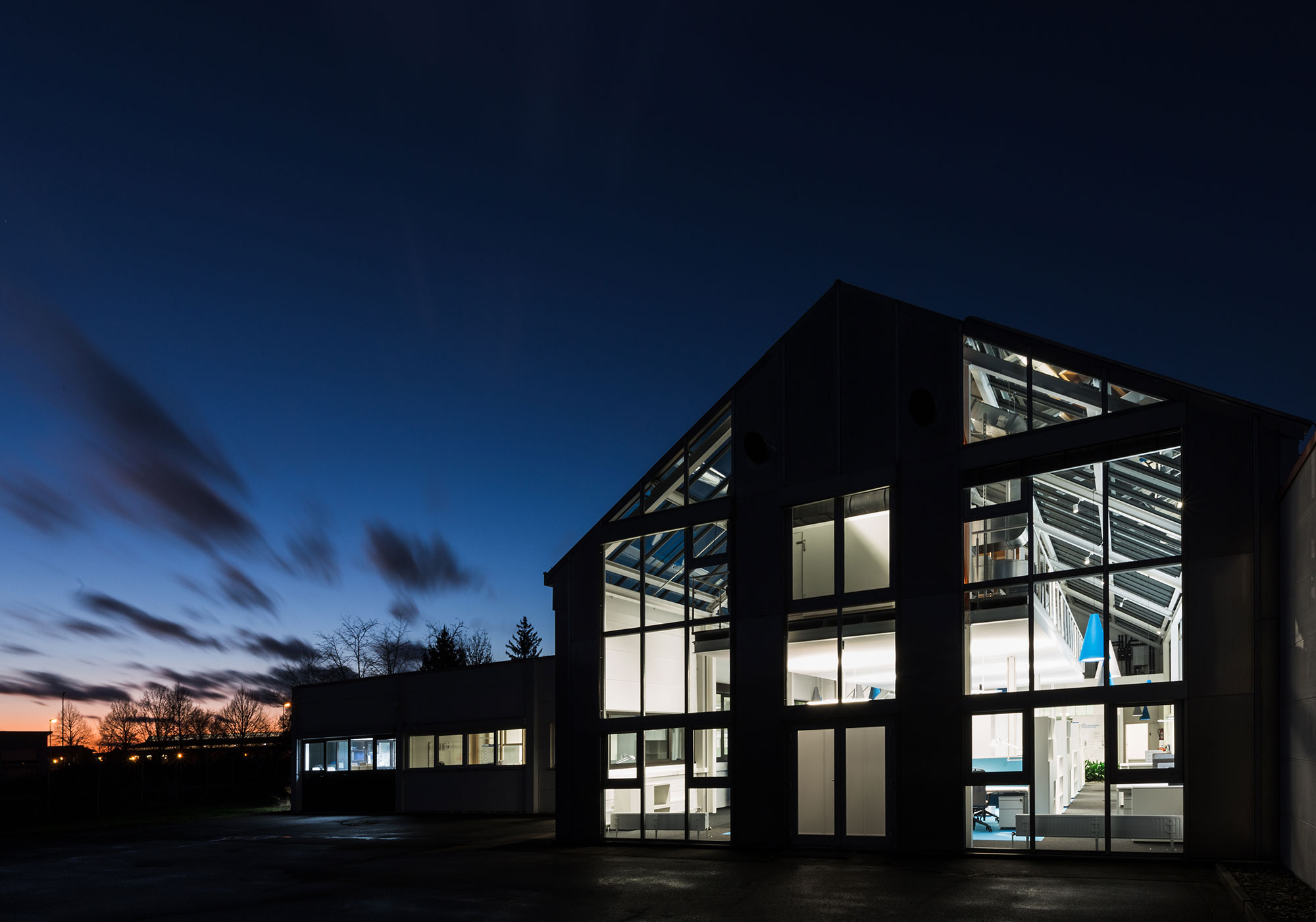Product DesignEngineering
Calistair
"We were particularly impressed by the enthusiasm and technical creativity of the Busse employees. The atmosphere in the project was characterized by professional looseness and great agility. We turned an idea into a finished product in 4 months!"
Product DesignEngineering
Thyssenkrupp
"As an experienced design partner, BUSSE offers everything from a single source. Creative design solutions, prototyping through to small series production and UX design for software. The solution approaches and methods through to implementation always lead to a result that perfectly meets the requirements."
Product DesignEngineeringPrototyping
Sigel
„The collaboration with the entire project team was always goal-oriented, constructive and pleasant in terms of communication. Mr. Timm and his project team always kept the functional and safety requirements in mind and understood what is also important to us in product development: can-do mentality, agile mindset as well as flexibility and efficiency in all project situations."
UI/UX Design
Prinoth
„BUSSE is our design game-changer for snow groomers! Their UI/UX team elevates not only icons and layout but the entire user experience to a new level. Clear operation turns every ride into a pleasure. Reliable from development to series production, BUSSE is by our side. Their interface, based on precise product research, simplifies operation. Flexible, forward-thinking, and reliable – BUSSE is our satisfaction guarantee!"
Product Design
Mikron
"With BUSSE as a sparring partner, we were able to successfully work out a brand-defining design for our latest products that was appropriate for the target group. BUSSE understood our internal company processes very well and was therefore able to deliver optimal results. Deadlines were always met, you can rely on BUSSE.
Anytime again!"
Product DesignEngineering
Keller
"We were positively surprised by the collaboration with BUSSE in that the focus was not solely on the appearance of our product, but rather on the interplay of economical manufacturing solutions, optimized ergonomics and a functional design. The result now impresses with a coherent, unprecedented design concept."
Product DesignEngineering
Britax Römer
„Child seats are not only visually complex but also technically demanding. Our longstanding partnership with BUSSE turns development into a creative experience. Design sprints and a versatile selection matrix relieve engineers, minimize time-consuming iterations. We appreciate BUSSE for their timely implementations despite limited resources. The collaboration is not only effective but also truly enjoyable!"
Product DesignEngineeringPrototyping
Infinite Running
„What impressed me right from the start was the incorporation of many innovative ideas that led to a result that is now ready for the market. Despite patented hurdles, design concepts were fine-tuned and refined until a turnkey concept for prototypes and a near-series maturity was achieved."
Product DesignEngineeringPrototyping
Hammer
"BUSSE has been the perfect partner for us to develop new and innovative ideas for over fifteen years. BUSSE offers a very high level of professionalism and a first-class understanding of the brand. The team has completely internalized the high standards of our projects and with exceptional creativity, as well as full dedication, has helped us to set new trends. Many of our bestsellers bear BUSSE hallmarks."
Product Design
Darda
„From the outset, BUSSE embraced our technical wishes and constraints, weaving them into a cohesive product. Their craftsmanship is impressive, making the collaboration not only enjoyable but also an inspiring process due to their expertise. It's a partnership that seamlessly blends creativity with professionalism."
)

















